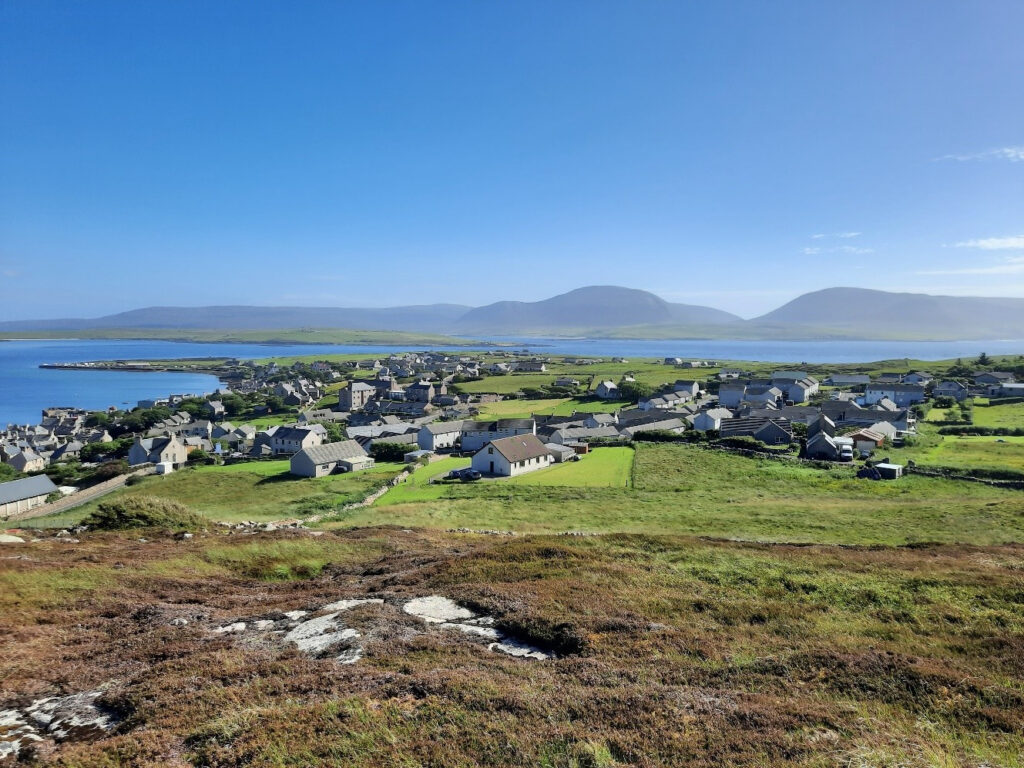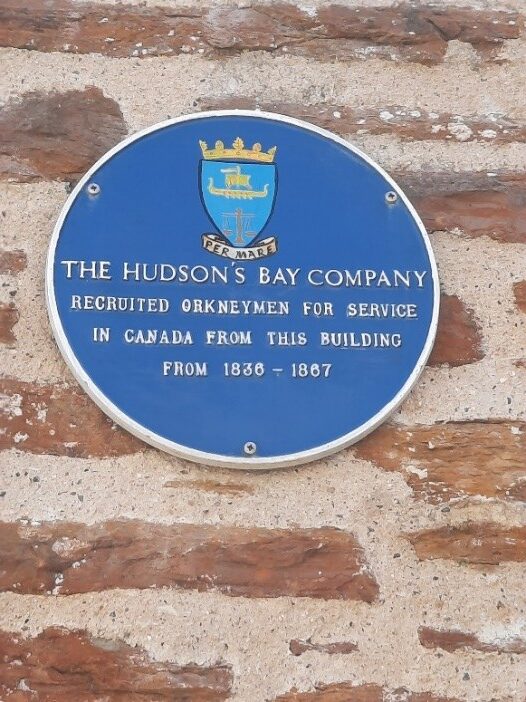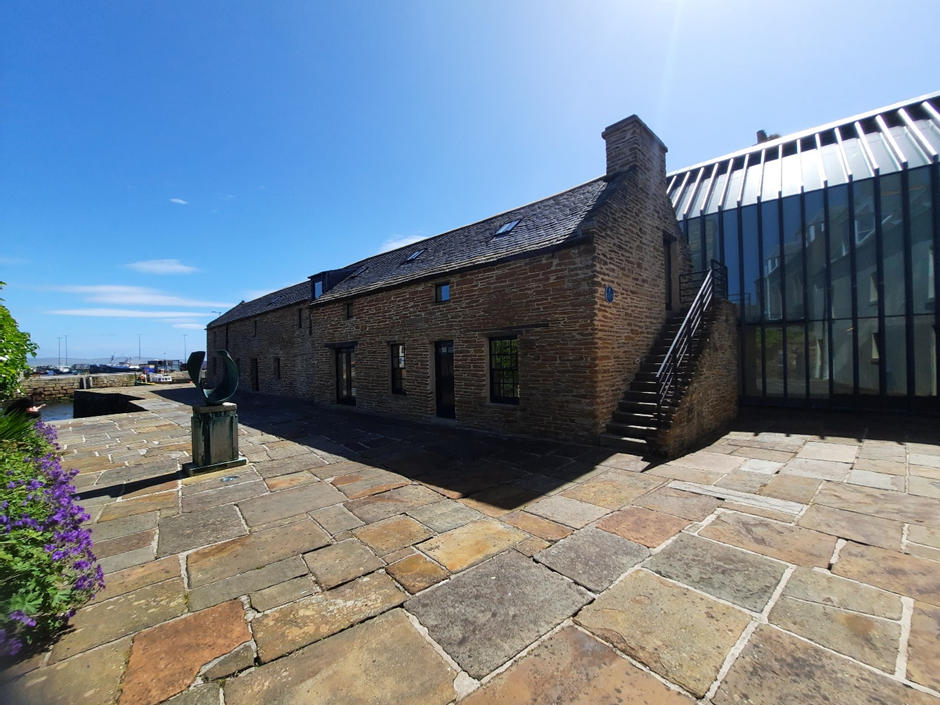I first heard the phrase ‘the company of adventurers’ when I was 19 years old and was studying for 6 months in Ontario, Canada. It was the unofficial nickname of The Hudson’s Bay Company, Canada’s oldest and most famous institution. Created by Royal Charter in 1670 the company is the oldest incorporated joint-stock merchandising company in the English-speaking world. It was incorporated for the express purposes of fur trading in the interior, and played a leading role in both the colonization of British North America and in the formation of Canada itself, which it predates by 180 years. In modern times HBC has diversified into department stores and banking, but the company operated initially from the dangerous and exposed territory of Hudson’s Bay, close to the Arctic circle. I found the idea of these intrepid explorers setting out across the wilderness on foot and in canoes very inspiring, and a fitting metaphor for the activities of aculturalentrepreneur. I resolved that, should I ever have my own arts business, I would use the name. I gave no thought at the time to the unsavoury nature of the fur trade, the role of the company in colonization, the hunting almost to extinction of the beaver, or the brutality of the lifestyle and conditions experienced by the traders. What can I say, I was a romantic and an idealist!
Sure enough, when I decided to establish an independent film company in 2004 it was registered as The Company of Adventurers Ltd (CoA). It was almost my first venture in the arts and I was probably hopelessly naïve. I started by involving with the company a group of professionals already operating in the film industry. These included a producer, a cinematographer, a distributor, an accountant, and a lawyer. My idea was to create a creative business team, impressive enough to attract commissions and investment, and experienced enough to make high quality films. Rather than venture into drama and scripted storytelling, the idea was to concentrate on making independent documentary films about exciting and important subjects, with a special emphasis on music. I had just spent 6 months working in Cuba, and had come across several fantastic subjects which I thought suitable for documentary film treatment. Furthermore, my strong connections in the island seemed to offer the prospect of unique access, and some great original content. The company was launched by me at a series of investor events in 2004, events featuring presentations by filmmakers associated with the company, some impressive show-reels, and a portfolio of proposed film projects.
This first attempt to launch the company as a vehicle for independent documentary film was not a success. Although the events attracted an impressive assortment of film industry insiders, including commissioning people from the BBC, none of the excellent proposals gained any traction, or attracted any investment. Nor did any of my colleagues match my own investment in the company. I was left to fund the company’s first two documentaries out of my own pocket. The company captured several hours of fantastic footage for a documentary about Afro-Cuban Drumming before the edit collapsed amidst bitter and vituperative arguments. By this point I had invested, and lost, over £20,000 of my own money (and this was in 2004, remember). I faced the prospect of losing even more money on a forthcoming shoot in Cuba. Even some of my own Cuban friends warned me against this, and I sensibly decided to call an immediate halt. After all my effort and expense, I had nothing to show for it except several boxes of unusable promotional materials and a now out-of-date website. I had also learnt some salutary lessons about both creative egos and the precariousness of the film business.

In fairness to myself, I had done my very best to create a new film documentary brand. The statement of intention from the CoA website still reads well, and its desire to create a vehicle and a platform for a wider group of filmmakers and creative professionals is something which still lies at the heart of the company’s vision. In retrospect It should also be acknowledged that I probably picked the worst moment in history to start an arts documentary company. In 2004 the major commissioning producers were still holding open days for documentary filmmakers, and it was still possible to get face-to-face meetings to pitch specific ideas. However, by this date, the main TV platforms for this kind of arts documentary had already disappeared or been replaced by reality TV concepts. The glory days of unusual original arts documentaries commissioned by leading terrestrial channels and delivered by small independent documentary film companies had already past. I was friends with a very distinguished documentary maker at the time, who was still receiving occasional commissions. At this time the flow of work had already slowed for him, and shortly afterwards it vanished completely. I had probably had a lucky escape.
Fortunately, I was already involved by this time in running the arts organisation Poet in the City. In the absence of documentary filmmaking, I threw myself into creating a new arts organisation with the aim of creating larger and more diverse audiences for poetry. One of the things that I had learned from my experience with CoA was that I needed to work in an art form which had very low barriers to entry. Poetry was extremely cheap to programme, and it soon proved possible to create ambitious and popular live events at acceptable levels of risk. After a challenging start Poet in the City grew and prospered and became a National Portfolio arts organisation. In 2014 I used the success of this venture to launch the Rimbaud and Verlaine Foundation with the express aim of programming across a much wider range of art forms. Amongst other things this involved making several promotional films, and working with up to 50 talented filmmakers.
In the meantime, I never closed down the CoA company. In fact, I occasionally used the company for arts consultancy work, including a series of projects with Christie’s, the auction house. This was partly so that I could take advantage of the loss that was sitting in the company. After a few years I even managed to repay myself the money which I had lost. This is not a great comfort. It was, after all, money which I had already earned and spent. However, it was nice to feel that I had recovered the capital sum of the investment which I had made. I have continued to use the company in this way, as a vehicle for the delivery of bespoke arts projects. For instance, in 2021 CoA was used to make a series of ten short films telling the Story of Army Music, a project commissioned by the Royal Corps of Army Music for use by the Museum of Army Music.

During COVID I finally got around to reading ‘Company of Adventurers’ by Peter C Newman, an official history of the Hudson’s Bay Company, first published in 1987. This book had sat on my bookshelf since the early 1990s. It is a fascinating story, full of complications and moral uncertainties. The corporation with the romantic nickname was a strict and rather ruthless business, adept at surviving. The real hero of the book is the beaver, the remarkable creature without which the modern country of Canada would probably not exist. As far as the humans are concerned, I discovered that the company recruited its traders and fur-trappers almost exclusively from the Orkney and Shetland Islands, an archipelago which was also home to my paternal ancestors. The self-serving myth has it that the islanders proved uniquely resilient and hardworking. However, Jocelyn Rendall, a leading Orkney historian, is sceptical – the islanders accepted the wretched pay and working conditions prevailing in the wilderness in order to escape from a punitive life as landless tenants in a failing crofting economy. Perhaps the company is a rather good metaphor for the arts after all? Working in the arts is hard, and often wretched, and has become increasingly so over the last 20 years. The cultural entrepreneur is engaged in a desperate struggle. Not only must she or he create a sustainable cashflow but must also convert the whole world to their own content and brand. The survival of the CoA to date represents my own determination to follow a positive journey in the arts.
What I have never lost is my belief that important new departures in the arts always arise out of groups of creative professionals working together in a loyal and collegiate fashion. It is no accident that a film director like Steven Spielberg is still working with many of the same individuals who he worked with on his very first movie. The arts require trust and close collaboration. The original company of adventurers were notable for their camaraderie and their mutual support in a harsh and unforgiving landscape. My own successes in the arts have all come from such extraordinary collective efforts, from the nurturing of talent, and from developing relationships of trust. It is heartbreaking to see artists and cultural professionals in fierce and sometimes cutthroat competition with each other for limited resources. My own belief is that it is very rare for original content in the arts to be created in this solipsistic way. Artists simply cannot function successfully in an atomised society. Both the artists and the art suffer from this kind of competitive environment. In practice great artists always operate in groups, schools, companies or other collectives. They create their best work in nurturing and supportive settings.
Which brings us to today. My wish for the CoA remains the same. I would like to see it used as a vehicle by a talented group of arts professionals, working collaboratively and in a collegiate way. I would like it to be used to create high-quality arts content – not just film, but also live theatre shows, music promotion, and other original content. And, in the spirit of cultural entrepreneurship with which the CoA was first established, I would like it to be a means of delivering profitable activities involving the arts, earning income for the creatives involved, and resulting in a profit capable of being re-invested by the company. If you are interested in being part of such a collaboration, and in working with me to create profitable original arts content through the CoA, I would be delighted to hear from you. Perhaps the adventure is only just beginning?
Graham Henderson

